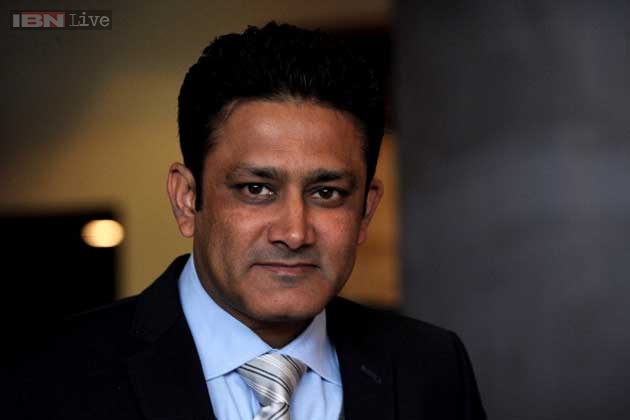
After the completion of the 50-over cricket World Cup, it’s time for the International Cricket Council (ICC) to take a re-look at the game.
Acknowledging that the balance had shifted too much in favour of batsmen in the limited-overs format, the ICC Cricket Committee on Monday recommended the removal of batting powerplay besides allowing five fielders outside the circle in the last 10 overs.
The committee, headed by former India captain Anil Kumble, discussed the ODI playing conditions, code of conduct vis-à-vis players’ behaviour, illegal bowling action, use of technology and helmet safety among other issues in Mumbai, India.
The committee reviewed the ODI playing conditions and felt that there were times towards the end of an ODI innings when bowling and fielding captains appeared to have limited defensive options available to them and as such runs flow freely.
The Cricket Committee will recommend to the Chief Executives Committee three changes in ODI fielding restrictions — the requirement to have two compulsory catchers in the first 10 overs be removed, the batting powerplay be removed and that five fieldsmen be allowed outside the circle from overs 41-50 instead of four.
This means that for the first 10 overs there will be two fielders outside the circle, for the next 30 overs there will be four fielders out and for the last 10 overs there will be five outside the circle. “We have had two very productive days of meetings in which the committee discussed a wide range of issues affecting the global game through practical examples and illustrations,” said Kumble, the committee’s chairman.
In an attempt to strike a balance between bat and ball, the ICC will not introduce a regulation about the size of bats, but it will provide input on this issue to the MCC through the consultation process ahead of the re-drafting of the Laws of Cricket in 2017.
The committee reiterated its previous edict that boundaries at international venues needed to be set-up to the maximum size at each venue.
There was discussion on the calling of no balls, and particularly the delay caused and reviewing on the fall of a wicket. The committee asked ICC to investigate ways in which no balls can be reviewed quickly upon the fall of a wicket, to ensure there are no delays to the batsman leaving the field.
The committee recommended that all no-balls in ODI and T20I cricket should result in a free hit, and not just foot fault no balls.
The committee also backed stronger stance being taken against inappropriate player behaviour. It also encouraged referees to apply suspensions rather than fines, more specifically for repeat offenders and for the more serious offences, such as physical contact.
There was a discussion on the performance of Decision Review System (DRS) and the use of technology in umpiring.
KEY SUGGESTIONS
* Removing Batting Powerplay in ODIs
* Allowing 5 fielders outside circle between overs 41 to 50
* Free-hits for all no-balls, not just front-foot calls
* Removing restriction on 2 compulsory catchers in first 10 overs
* No size restrictions for bats
* Boundaries to be set at maximum size at each venue
* Ball manufacturers to explore possibilities regarding size and durability of white-ball seam in order to address imbalance between bat and ball
* No four-day Tests but strong recommendation to member countries to extend Tests into evening hours
(Recommendations subject to approval of ICC’s chief executive’s committee)




